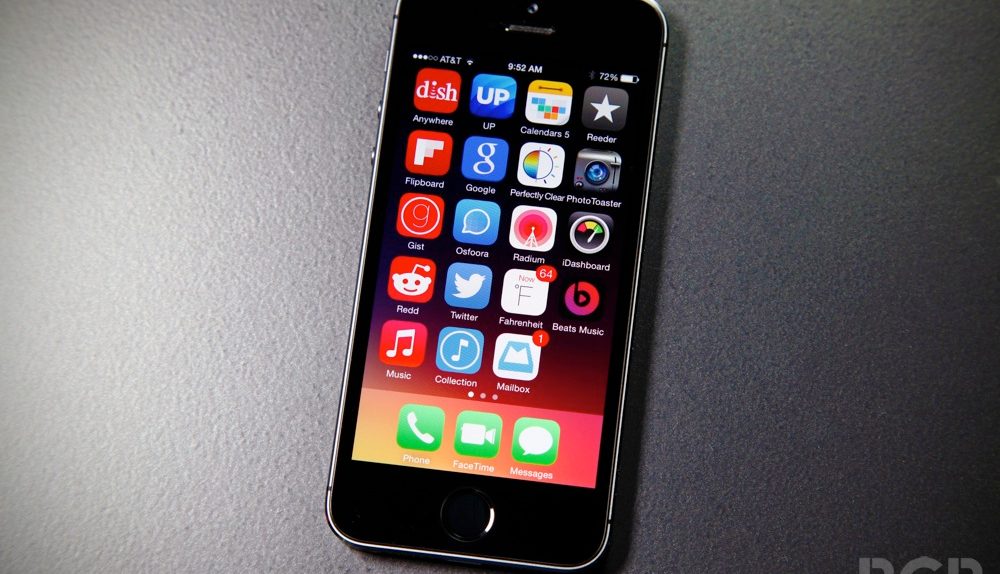Apple on Wednesday will release the final version of iOS 8, with millions of iPhone, iPad and iPod touch owners expected to download and install the latest iOS release as soon as Apple lists it on its servers. In case you’re already looking to prepare for the official iOS 8 update, Phone Arena has a quick guide to help you with the process.
FROM EARLIER: The 5 best new features coming to your iPhone tomorrow in iOS 8
As with other iOS updates – something older iOS users are surely familiar with – iOS 8 will be available at the same time for various iOS devices, including various older models. However, the 2010 iPhone 4 is no longer ready to receive iOS updates past the iOS 7.1.x mark.
Thus, the oldest iPhone that can be ported to iOS 8 is the iPhone 4s. The iPad 2, which launched in the same year with the iPhone 4S, is the oldest iPad model that’s also iOS 8-compatible. As for the iPod touch line, only the fifth-gen model will make the jump.
Before upgrading to iOS 8, users should first figure out whether they want to keep their iOS 7 jailbreak, assuming they’re among that group of iOS users. In such a case, an update to iOS 8 should be best avoided for the time being.
Everyone else should get their iOS 7 affairs in order before updating the iOS device, especially if they plan to give an older iPhone to someone else in the family or sell it, in order to buy the iPhone 6. That means backing up the iPhone to their Mac or PC, or by using iCloud, before installing iOS 8. In case someone else will be using the iOS 8 device after it’s updated, users should perform a clean iOS 8 install rather than restoring a backup on the handset (and that’s best done using a computer).
Once Apple opens up iOS 8 downloads, iOS device users have two options to update their devices: either perform the update directly on the device (in which case they need to make sure they have enough storage on the iPhone, iPad or iPod touch to download and install iOS 8), or via iTunes, after hooking the device up to a Mac or PC.
Depending on how well Apple handles downloads – and it wouldn’t be surprising to see certain glitches and errors during downloads as millions of iOS users will try to update their gadgets simultaneously – users should also be prepared to connect their devices to a power source during the update, and have a dependable Internet connection while getting iOS 8 from Apple’s servers. You can always expect slower downloads and iTunes connectivity issues during peak download and install times, so be prepared for install failures. In such a case, try, try again, or delay the upload for later.
Phone Arena’s full guide, complete with more details, is available at the source link.




